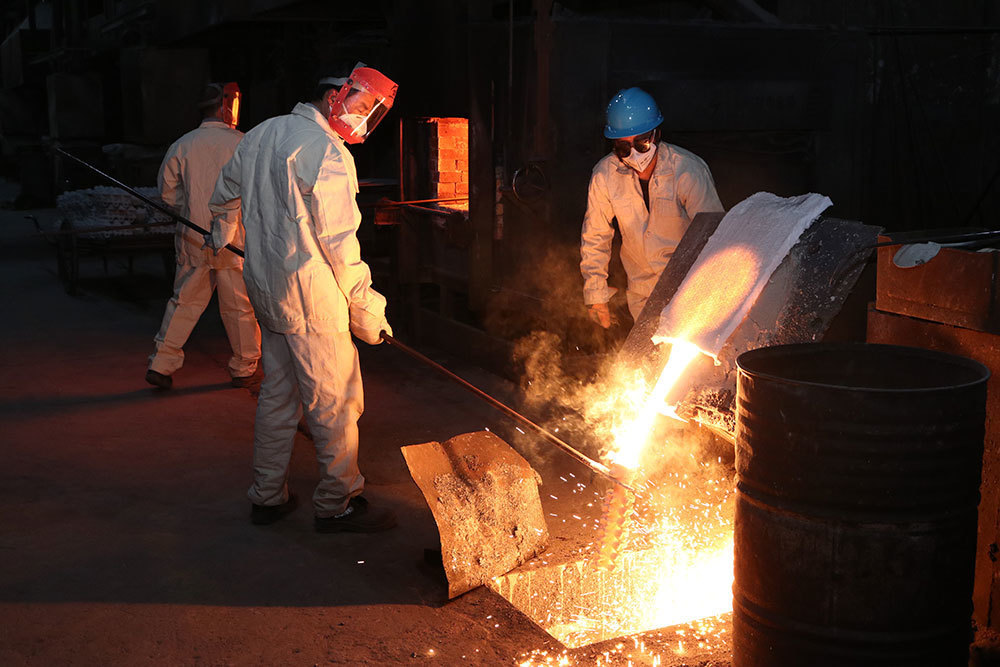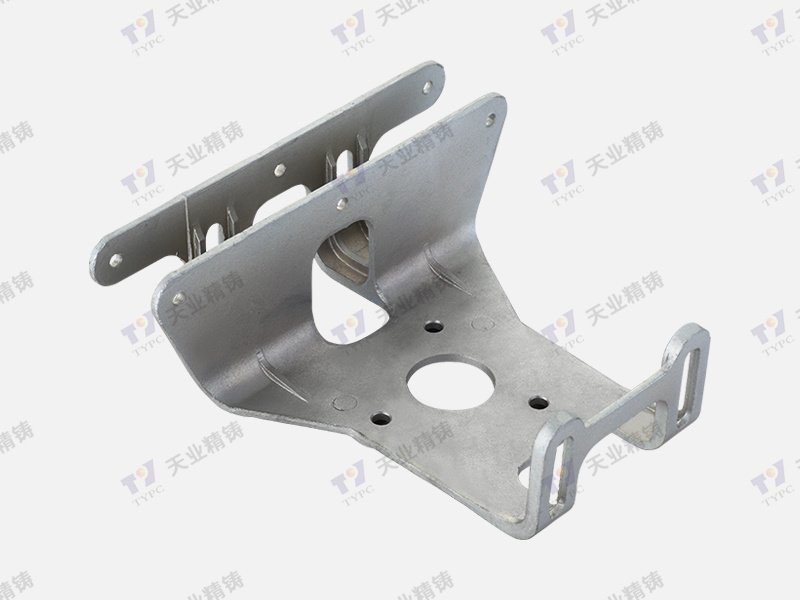2025-03-31
Understanding Auto Parts Exhaust Systems: Essential Knowledge for Industrial Applications
Auto parts exhaust systems play a crucial role in the performance and efficiency of vehicles and machinery. These systems are designed to direct exhaust gases away from the engine, reducing harmful emissions and enhancing overall performance. Understanding the components and functions of these systems is essential, particularly for those involved in industrial equipment and general components.
An exhaust system typically consists of several key components, including the exhaust manifold, catalytic converter, muffler, and exhaust pipes. The exhaust manifold collects exhaust gases from the engine's cylinders and channels them into the rest of the system. The catalytic converter is pivotal in reducing harmful emissions, converting toxic gases into less harmful substances before they exit the exhaust system. The muffler, on the other hand, minimizes noise produced by the engine, ensuring a quieter operation.
Proper maintenance of auto parts exhaust systems is vital to ensure optimal performance and compliance with environmental regulations. Regular inspections can identify potential issues such as leaks, rust, or blockages, which can hinder the system's effectiveness. For instance, a leak in the exhaust system can not only lead to increased emissions but can also decrease engine performance and fuel efficiency. Therefore, conducting routine checks and addressing any issues promptly can save costs and enhance the lifespan of the system.
Additionally, understanding the materials used in exhaust systems can provide insight into their durability and performance. Common materials include stainless steel, aluminized steel, and mild steel, each offering different levels of resistance to corrosion and heat. Choosing the right material for specific industrial applications can significantly impact the system's longevity and reliability.
Moreover, advancements in technology have led to the development of more efficient exhaust systems, incorporating features like turbocharging and variable geometry turbochargers. These innovations aim to optimize engine performance while minimizing emissions, making them increasingly relevant in modern industrial applications.
In conclusion, auto parts exhaust systems are integral to the functionality of vehicles and industrial equipment. By comprehensively understanding their components, maintenance requirements, and the materials involved, individuals in the industrial sector can enhance their operational efficiency while adhering to environmental standards. As technology continues to evolve, staying informed about the latest advancements in exhaust system design will be essential for those looking to maximize performance and sustainability in their applications.
An exhaust system typically consists of several key components, including the exhaust manifold, catalytic converter, muffler, and exhaust pipes. The exhaust manifold collects exhaust gases from the engine's cylinders and channels them into the rest of the system. The catalytic converter is pivotal in reducing harmful emissions, converting toxic gases into less harmful substances before they exit the exhaust system. The muffler, on the other hand, minimizes noise produced by the engine, ensuring a quieter operation.
Proper maintenance of auto parts exhaust systems is vital to ensure optimal performance and compliance with environmental regulations. Regular inspections can identify potential issues such as leaks, rust, or blockages, which can hinder the system's effectiveness. For instance, a leak in the exhaust system can not only lead to increased emissions but can also decrease engine performance and fuel efficiency. Therefore, conducting routine checks and addressing any issues promptly can save costs and enhance the lifespan of the system.
Additionally, understanding the materials used in exhaust systems can provide insight into their durability and performance. Common materials include stainless steel, aluminized steel, and mild steel, each offering different levels of resistance to corrosion and heat. Choosing the right material for specific industrial applications can significantly impact the system's longevity and reliability.
Moreover, advancements in technology have led to the development of more efficient exhaust systems, incorporating features like turbocharging and variable geometry turbochargers. These innovations aim to optimize engine performance while minimizing emissions, making them increasingly relevant in modern industrial applications.
In conclusion, auto parts exhaust systems are integral to the functionality of vehicles and industrial equipment. By comprehensively understanding their components, maintenance requirements, and the materials involved, individuals in the industrial sector can enhance their operational efficiency while adhering to environmental standards. As technology continues to evolve, staying informed about the latest advancements in exhaust system design will be essential for those looking to maximize performance and sustainability in their applications.









